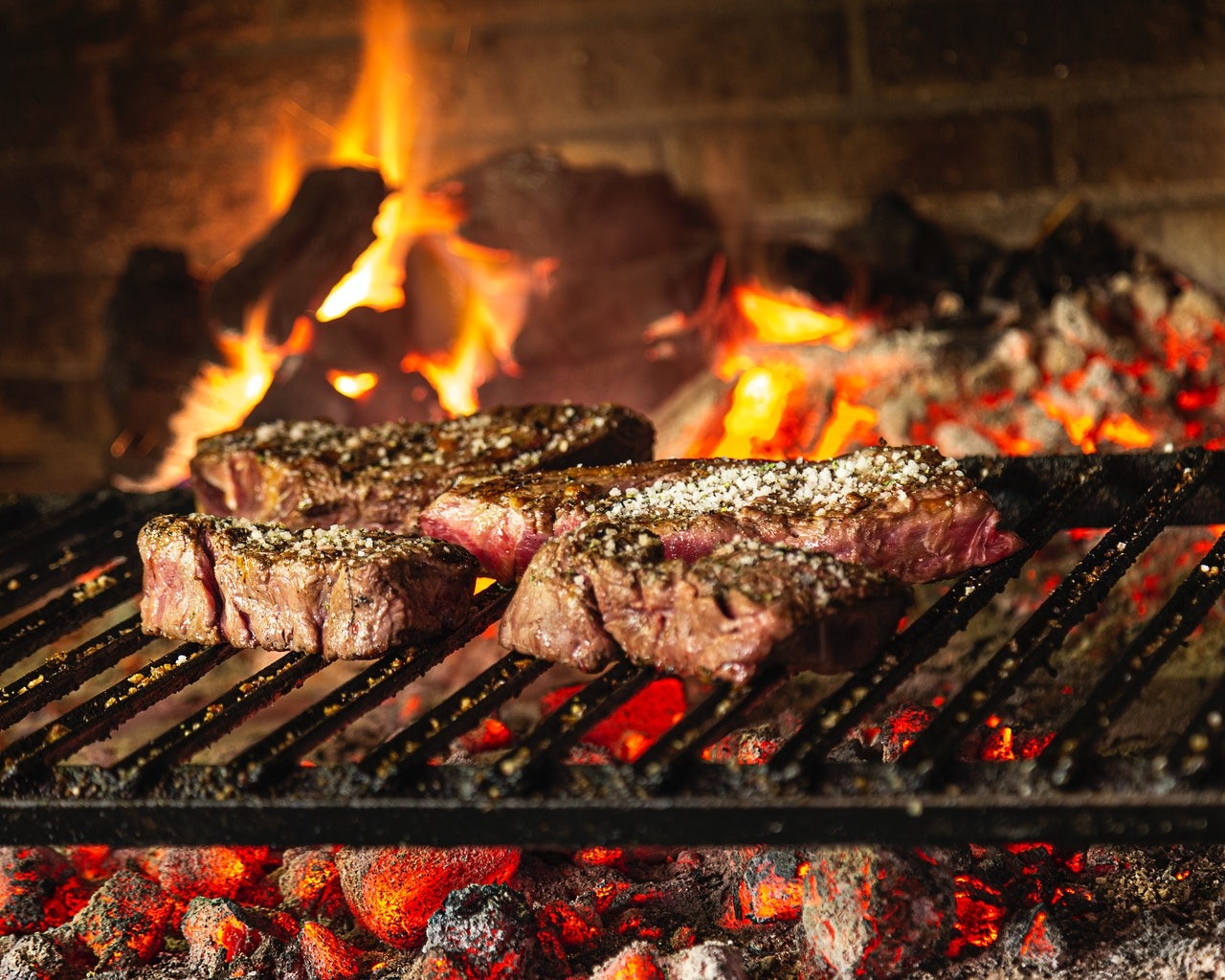The Sardo-Modicana Cattle Breed 0 Comments

The resinous scent of the Mediterranean scrub permeates the pastures’ air of Montiferru (Oristano), while in the meadows among the black lava stones of the dry stone walls, the colour of the dark blond, or maroon or auburn mantles of the Sardinian Modican cows stands out. They are living in rustic freedom outdoors, among the myrtle and wild chamomiles, all year round, both summer and winter, day and night, because on Montiferru, 157 Km away and two hours car drive from Gabbiano Azzurro Hotel & Suites, the air is good and oats and wild clover grow on the meadows.
To improve the size and strength of the working oxen of the original Sardinian cattle population, the Modicana of Sicily was identified as the crossing breed that would have solved the problem. Born at the end of the nineteenth century, being the result of the "marriage" between Sicily and Sardinia by crossing local animals of the Podolic stock and bulls of Modicana, the Sardinian-Modican breed is one of the cattle with the tastiest meat in the whole Mediterranean Area.
When there was no more demand for working oxen, as a result of agricultural mechanization, an economically valid purpose had to be found for the Modicana breed, whose main task no longer had any possible application. The breed was then raised for butchery, with an excellent meat that deserved to be a Slow Food Presidium.
There are about only 3000 animals left, despite the high quality and absolute wholesomeness of the meat. In Montiferru the Sardo Modicana is cooked boiled (petza in brou), scented with thyme, oregano, mint, fennel, or roasted (petza arrustida) on a skewer placed next to the fire. Two other classic preparations are stew (ghisadu) and meatballs (bombas) fried or in broth, as a classic first course on holidays occasions.
The Slow Food Presidium, to enhance this extraordinary breed, has made an important path. Today the Sardinian-Modicana breed is well known and appreciated. The Presidium regulation provides that the calves are suckled by their mother until weaning after which they feed on pasture herbs. Before being butchered, the animals are fed in stables for about two months, excluding fodder stored with silage, animal feed and compounded with GMOs, to ensure "good, clean and fair" meat. The vivid colour of the meat is beautiful to look at. Aged for a minimum of 20 to 40 days, it is tender, lean and savoury; connoisseurs enjoy it without salt. It can only be bought within the borders of the island, in the many national fairs and events where it is presented to devotees.
“[…] the meatballs … filled my professionist carnivorous mouth with a thick, warm, spicy, juicy wave of masticatory pleasure… my taste buds, already subjugated by the virile rigor of the meat…”
(Muriel Barbery)
--
Written by Daniela Toti
Teilen Sie uns Ihre Meinung mit!